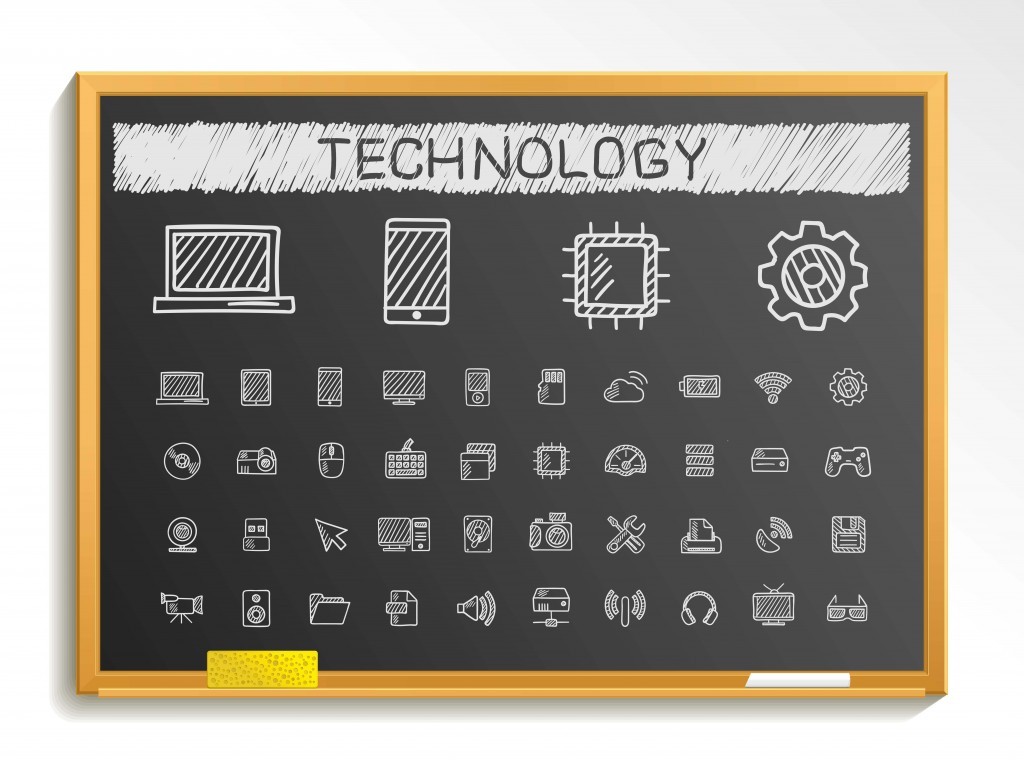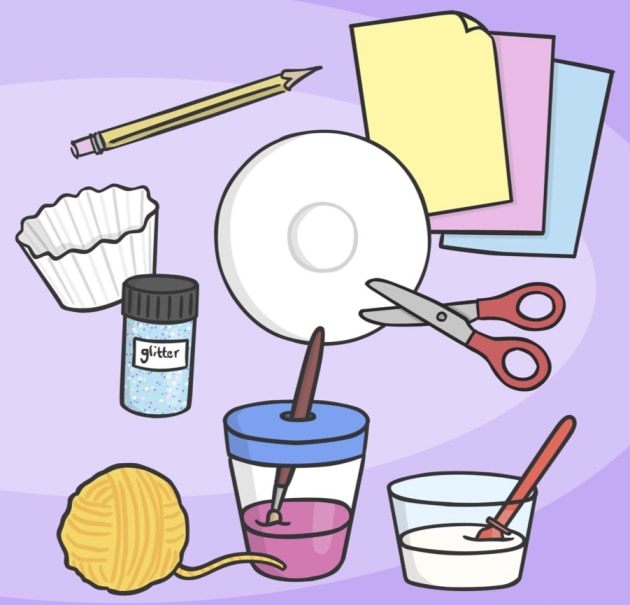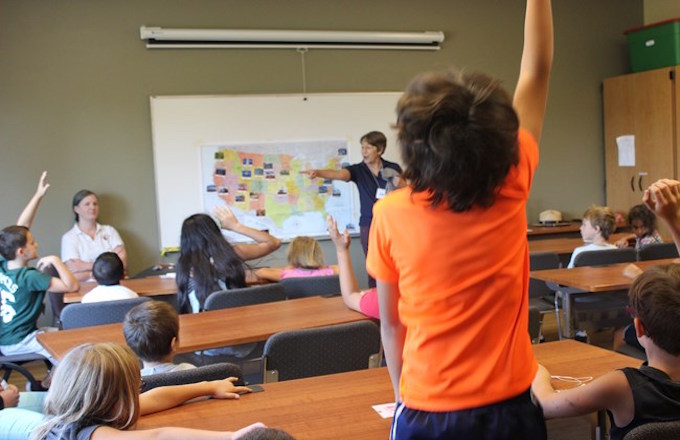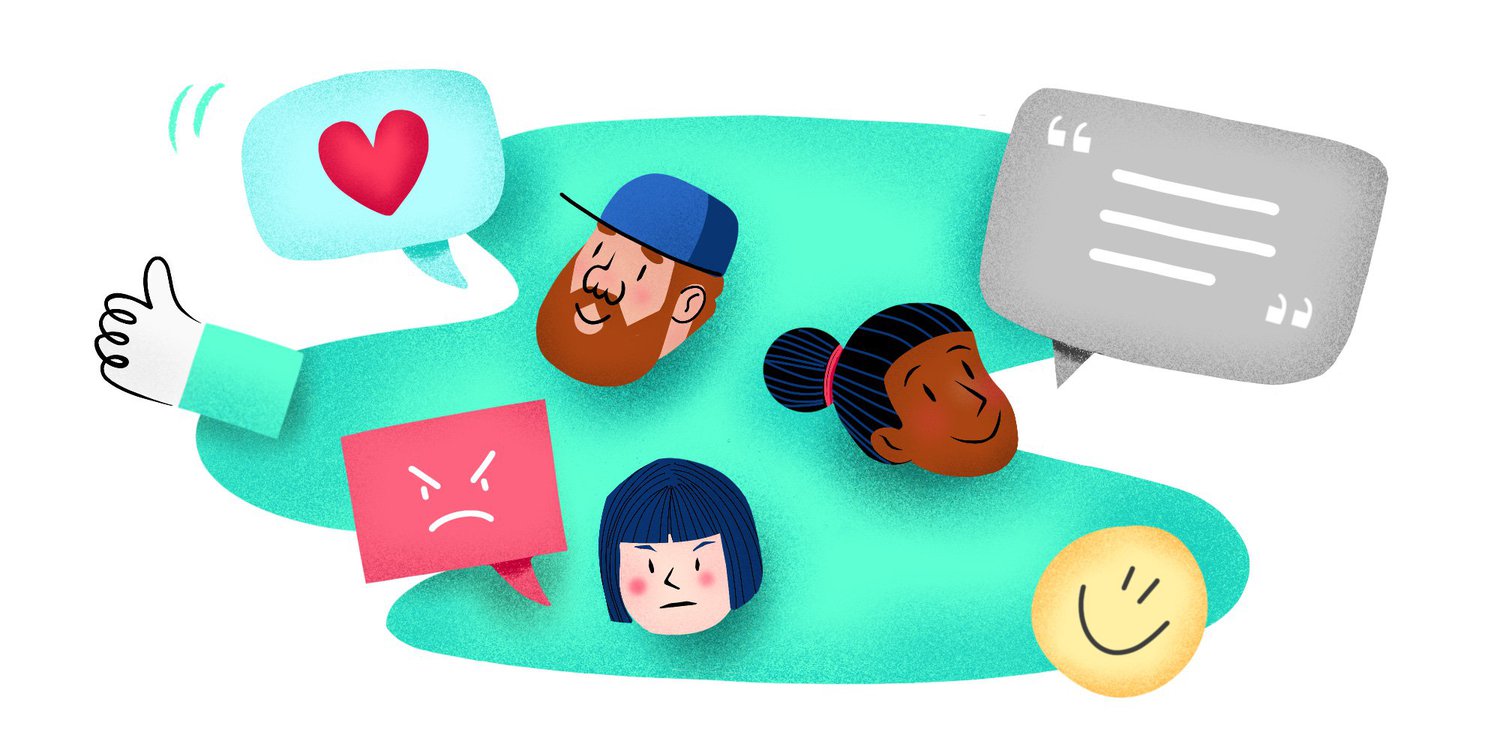Teachers spend most of their time interacting with students, and this interaction is what makes the difference between a good teacher and a bad one.
If you want to be an effective teacher and Make Learning Fun, you must engage your students in a way that will allow them to learn.
Teachers and professors have one of the toughest jobs out there- making sure their students are engaged in class. If you’re a teacher or professor, there are a lot of tools and methods that can help you enhance your lectures and teach more effectively. Below we cover some of our go-to tools, resources, and tips for teachers.
Importance of engagement in teaching and Making Learning Fun
As per research conducted by the top CBSE schools in India, Engage students are more likely to learn and retain information, develop positive attitudes toward learning, and be more successful in school. Students engaged in their learning will be more interested in doing the work and therefore will not just be “going through the motions” of assignments.
It can be difficult for teachers to make learning fun and create engaging lessons for their students. It is especially true for younger students who may not understand abstract concepts such as interest and motivation. However, there are ways that teachers can help students become more engaged in their learning experiences. Here are some tips for how you can engage your students:
Tip 1: Use Interactive Teaching Methods to make learning fun
Interactive teaching methods are ideal for keeping your students engaged. Some examples of interactive teaching methods include:
Use visuals
Visuals are an important part of your lessons. They can help you get across your point in a clear way, but they also help keep students engaged because they don’t have to try and read words off of a whiteboard or PowerPoint slide while they’re listening to you speak. Visuals also make it easier for students to understand complex concepts because they allow them to see things visually rather than just reading about them.
Be creative
The best teachers aren’t always those who read from their notes word for word; instead, they use their creativity and make sure that every class session is different from the last one.
Ask questions
A question is an invitation for answers and this is one of the most effective ways of engaging students in your lessons. Questions can be posed either orally or through writing activities such as essays or research papers. The more creative the question, the more likely it will elicit a response from your students.
Quizzes and tests with immediate feedback
Teachers who use interactive teaching methods find that their students are more likely to participate in class activities and ask questions when they don’t understand something. It helps them learn more effectively because they’re able to better understand the material being taught in class.
Tip 2: Incorporate Technology into Teaching
Use Technology as an Enabler
Students today are accustomed to using technology in their daily lives. Therefore, it’s up to you as a teacher to use technology as an enabler rather than a distraction. For example, instead of having students gather around one computer, set up several stations where each student can use their device at the same time.
Use Interactive Whiteboards
If you’re lucky enough to have an interactive whiteboard (IWB), use it! Interactive whiteboards allow teachers to incorporate multimedia into their teaching. They can show videos, pictures, graphs, and other visual aids. Interactive whiteboards are also great tools for reviewing concepts because they allow teachers to highlight information on the board and ask questions about it.
Also read: Schools in India
Tip 3: Create a Positive Classroom Environment
To make learning fun, teachers should focus on creating a positive classroom environment that encourages interaction between students and teachers.
The first step in creating a positive classroom environment is to set clear and consistent expectations for students. It can be done through a class policy handbook or by posting classroom rules and procedures on the wall.
Create an environment where failure is OK (and even expected). Students need to know that if they make mistakes along the way, it doesn’t mean that everything is over — it just means that now they know more than when they started!
Tip 4: Use Humor and Creativity in Teaching to make learning fun
Use Humour
Humor can make any lesson fun and engaging for students. You can use it when explaining difficult concepts or giving instructions for an activity. You can also use humor as an icebreaker at the beginning of every class period so that students feel at ease with each other and with their subject matter too. If you make learning fun for students, they will feel motivated to learn more than ever before.
Be Creative In Teaching Methods to make learning fun
In today’s world where technology rules over everything else, teachers who are creative in teaching methods will be more successful than others because they provide their students with hands-on experience rather than just relying on textbooks or notes.
Tip 5: Provide Opportunities for Active Learning
Active techniques include asking questions, having students answer questions using complete sentences, and encouraging them to interact with one another and with you during class time. These techniques allow students to participate in their learning by thinking critically about what they have learned so far and asking questions about it or interacting with other classmates’ ideas or responses to questions asked by the teacher or other classmates to gain a better understanding of any new material being taught or discussed during class.
Tip 6: Incorporate Student Interests into Teaching
Students are more likely to be engaged when their interests are taken into consideration. There’s a whole field of study called “interest-based learning” devoted to the idea that kids learn better when they’re interested in what they’re learning.
It means teachers should take the time to get to know their students as people and find out what topics interest them. Then, they can incorporate these topics into lessons whenever possible.
Use your students’ interests as jumping-off points for lessons on other topics. You can do this by bringing up an item or topic that they are interested in and asking them if they know anything about it or have any questions. Once they’ve shared what they know, you can use that information as a springboard for the rest of your lesson plan. For example, if one of your students is really into soccer, ask them if they know why soccer balls have seams along their sides – this provides an opportunity for you to teach them about aerodynamics and pressure differences between air molecules at different altitudes.
Tip 7: Provide Regular Feedback and Assessment
Feedback helps students know what they need to work on and allows them to improve their skills. The assessment provides students with feedback on how well they are meeting the expectations of the class or school. It helps them know what they need to do to improve, which contributes to making learning fun.
If you don’t provide feedback and assessment, students will struggle with your lesson or concept. You also lose the opportunity to praise them for their hard work, which is an important part of teaching children because it encourages them to continue working hard at what they’re doing.
Importance of making learning fun
We all know that learning is necessary for a child’s development. But sometimes, students lose interest in their studies and end up getting low grades on tests or missing important assignments. That’s why it’s so important to make learning fun and interesting for kids so they will want to do well in school!
One of the easiest ways to engage your students is by using games or activities that challenge their knowledge and encourage them to think critically about the material you’re covering in class. You can use these games at any point during your lesson — at the beginning or end can be effective too! If you make sure that your questions get harder as the game goes on, it will keep your students engaged until the very end!
Conclusion
Teachers should be prepared to make learning fun and make their lessons as engaging and fun as possible, even if teaching older students who may not be thrilled about learning new material. Creativity is a very important skill in teaching. Teachers who know how to get the most out of their lessons will benefit greatly from the tips above.
For any queries related to parenting, schooling, or any students-related tips, click here to check out our latest blogs.


















